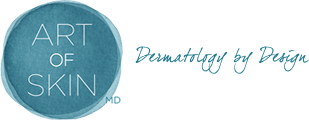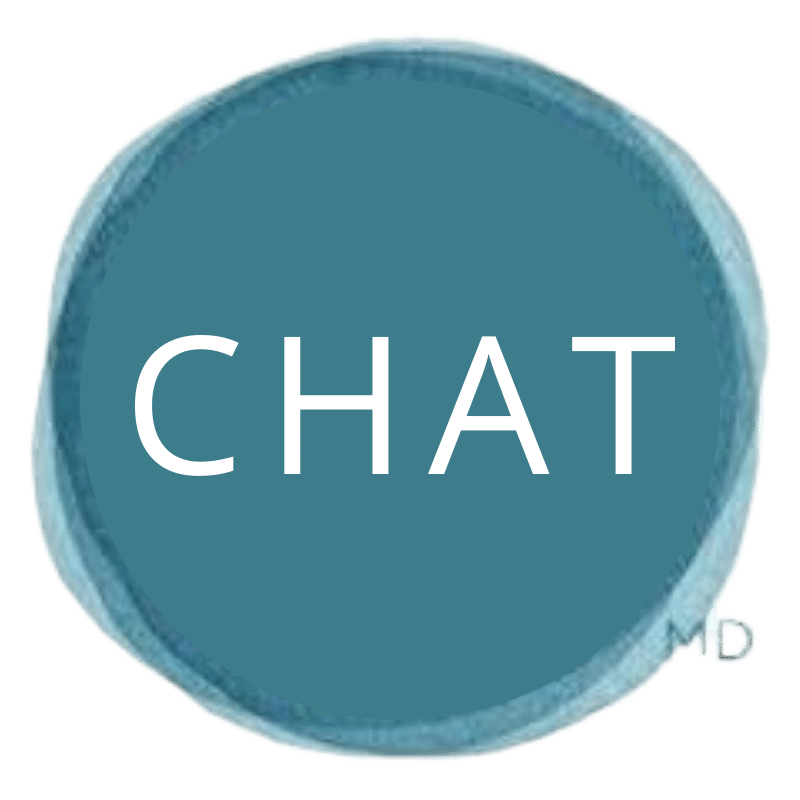Fungal Infection (Ringworm) Treatment
Advanced Tinea Treatment in the San Diego Area
Dr. Melanie Palm is a nationally recognized dermatologist specializing in the diagnosis and treatment of fungal infections and other medical and cosmetic skin conditions. Dr. Palm has offices located in Solana Beach, just north of San Diego, CA.
What is a Fungal Infection (“Tinea” or “Ringworm”)?
Fungal infections are referred to as “tinea” in the medical literature or as “ringworm” in laymen’s terms. A fungal infection may occur anywhere on the body or face and is typically noticed as a raised, red, flaky ring.
Fungus is commonly found on the feet and presents as scaly or red feet and thickened, yellow nails. Certain fungal strains are transmitted by touching or playing with an affected animal. Often these strains of fungus from animals behave more dramatically, causing more redness, irritation, or flaking of the skin.
The diagnosis of fungal infections is typically made clinically given the characteristic ring-like appearance of the skin. A simple skin test performed by scraping off some of the flaky skin painlessly also confirms the diagnosis. This skin test, called a KOH, helps to demonstrate the fungus under the microscope.
In rare cases, a skin biopsy confirms a fungal infection. This typically occurs when the rash is unusual, or has been partially treated by a topical steroid, a condition called tinea incognito.

Types of Fungal Infections
While tinea is the medical term for fungal infections as a whole, there are several subtypes of fungal infection that are diagnosed based on the area of the body affected and how the infection presents itself.
Tinea Barbae (Beard Fungus or Barber’s Itch)
Commonly known as beard fungus or barber’s itch, tinea barbae is a fungal infection of the beard area. Infection results in painful, red, pus-filled bumps along the jawline and mustache area. Oral antifungal medication is the most common treatment for tinea barbae as topical measures are often insufficient to clear the fungus.
TInea Capitis (Scalp Ringworm)
Sometimes referred to as scalp ringworm, tinea capitis is a fungal infection of the scalp and often involves both the hair shaft and follicles. Tinea capitis is most common in children. Scalp ringworm is most often caused by the fungus Trichophyton tonsurans, although pets can carry different fungal stains that can cause severe, very inflammatory reactions. Tinea capitis can cause hair loss, inflammation of the scalp, swollen lymph nodes, and loss of hair shafts called black-dot ringworm. If the condition becomes inflamed and the scalp swollen, an extreme version of scalp ringworm called kerion can result. A kerion appears as a boggy scalp, or one that is spongy, red, and tender touch and often has a pus-like discharge. Treatment consists of several months of oral antifungal medications including griseofulvin.
Tinea Corporis (Ringworm of the Body)
Tinea corporis, also known as tinea circinate or ringworm is a fungal infection of the body. Fungus from the hands or feet may be transmitted to other areas of the body, or contact with a pet or farm animal may cause the skin eruption.
Tinea Cruris (Jock Itch)
Often referred to as jock itch, tinea cruris is a fungal infection in the groin area. Fungus from the feet is often transmitted from pulling on underwear to the groin region, causing red, itchy, scaly patches. Topical treatment is often adequate to treat this fungal infection but more involved cases may require pills to completely clear the infection.
Tinea Faciei
Tinea faciei is a fungal infection of the face. Mild cases of tinea faciei respond well to topical treatment. This fungal infection is sometimes confused with eczema, and often the fungal infection has first been treated with a steroid that may lead to temporary improvement. Definitive antifungal treatment is necessary to cure the skin rash.
Tinea Incognito
This is a term that describes a fungal infection that has only been partially treated with topical steroid, allowing it to flourish deep down in the hair follicles on the skin. Sometimes referred to as Majocchi’s granuloma, this fungal infection often appears as pus bumps on the skin. Oral medication is the most common treatment for this type of fungal infection.
Tinea Manis
Like the term implies, tinea manis refers to a fungal infection of the hands. Often only one hand is involved, sometimes along with both feet. The palms appear red and scaly, almost like contact dermatitis. Topical or oral medication is used to treat this fungal infection.
Tinea Pedis (Athelete’s Foot)
More commonly known as athlete’s foot, tinea pedis is a fungal infection of the feet. Scaly feet are a common feature of this type of fungal infection, and underlying redness of the skin is often present. A look between the toes often reveals broken down skin called maceration. Toenail involvement may also be noted, especially on the first and fifth toenails. Treatment requires continuous use of a topical antifungal medication.
Tinea Unguium (Nail / Toenail Fungus or Onychomycosis)
Tinea unguium, commonly known as nail or toenail fungus, is a fungal infection of the nail bed, matrix, or plate. It occurs primarily in adults and affects toenails more often than fingernails. For this type of fungal infection, a nail clipping can used to perform a fungal culture or PAS stain to confirm the presence of a fungal infection. Eradication of toenail fungus requires either a three month course of an oral antifungal medication such as Lamisil (terbinafine) or Jublia (efinaconazole), a topical toenail treatment that can penetrate the toenail and treat the fungal infection underneath the nail plate. After treatment, patients are encouraged to use a topical antifungal on their feet indefinitely. The rate of nail re-infection following fungal treatment is high, but topical therapy to the feet may prevent some cases of recurrence.
How are Fungal Infections Treated?
Fungal infections of the skin can usually be treated with topical prescription medications. Rarely, oral medication is needed for significant fungal infections. Toenail fungal infections often require oral prescription medication for a chance of cure. A newer topical nail lacquer is to be approved which may offer an alternative to oral medication like terbinafine (Lamisil) for the treatment of toenail fungus.
If you are in the San Diego area and suffer from a fungal infection, call Dr. Melanie Palm at 858.792.SKIN (7546) to schedule your appointment and discuss your treatment options.

